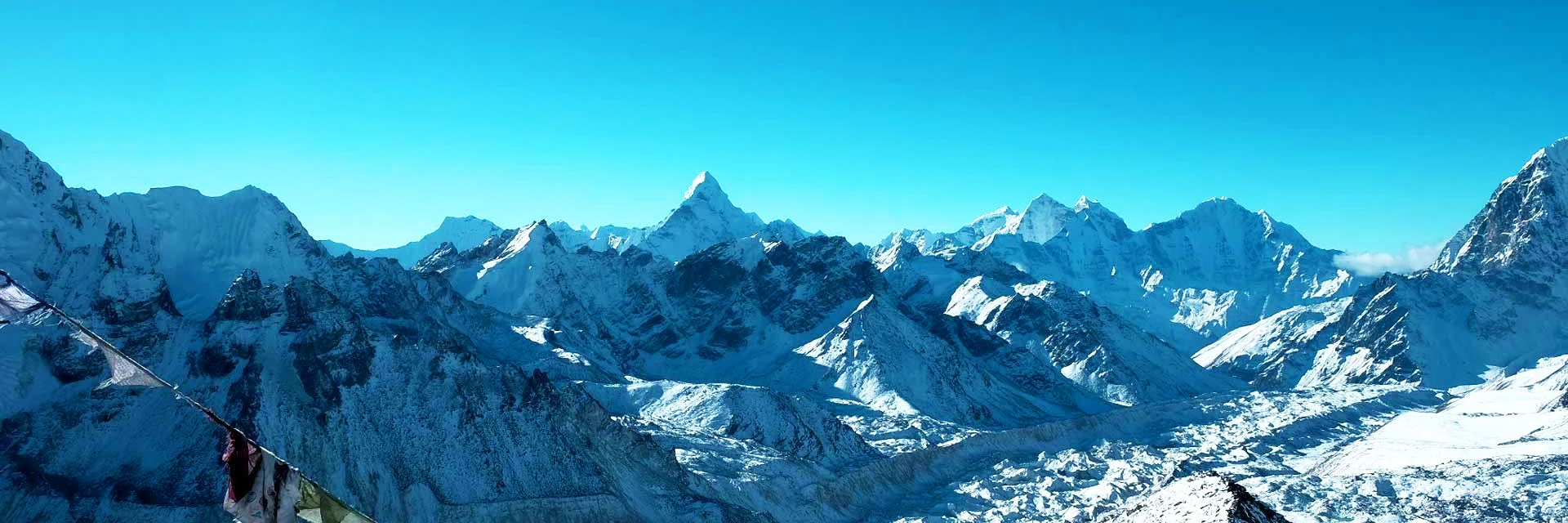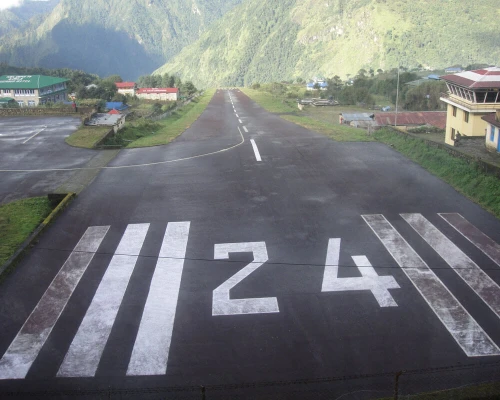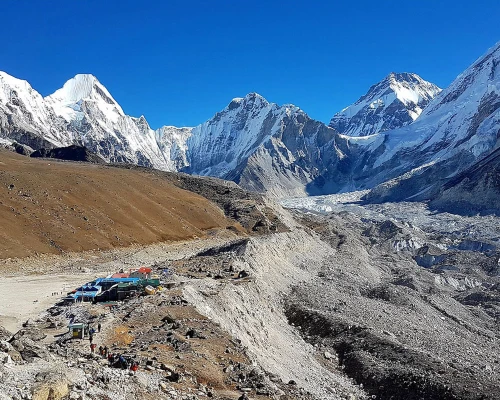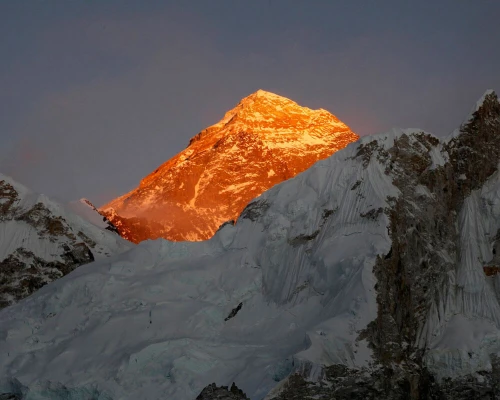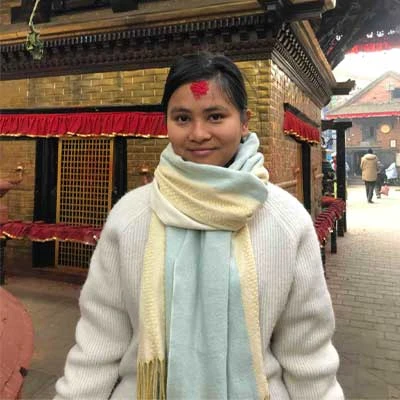Understanding Safe Acclimatization at High Altitudes
Acclimatization is the body's natural process of adapting to low oxygen levels at high altitudes. The higher you go up the Khumbu Valley, the more the production of red blood cells in your body is enhanced to facilitate the movement of oxygen to the body. To prevent AMS and maintain energy during your high-altitude trekking experience, you must undergo this gradual adaptation process.
Plan the Everest Base Camp trek itinerary carefully, incorporating acclimatization rests at Namche Bazaar and Dingboche. The provision of climbing high, sleeping low, trekking to a high elevation during the daytime and going to a lower one at night also allows your body to adapt to it.
Light gains, brief ascents and active rest on acclimatization days have been established as methods of improving your acclimatization while still enjoying the picturesque Himalaya scenery and Sherpa hospitality.
The Importance of Acclimatization
Acclimatization is essential for a safe and enjoyable high-altitude trek. At higher elevations, the thinner air makes breathing and physical activity more demanding. Proper acclimatization allows your body to adjust gradually, improving energy, endurance, and overall performance.
Stops like Namche Bazaar and Dingboche give trekkers time to adapt before ascending to higher points such as Nangkartshang Peak. Taking rest days, following a gradual ascent, and maintaining hydration and nutrition helps the body cope with the altitude and reduces fatigue.
By planning your trek carefully, you can enjoy the breathtaking Himalayan scenery, stay strong throughout the journey, and have a safe, comfortable, and memorable high-altitude experience.
Risks of Skipping Acclimatization
Skipping acclimatization days on the Everest Base Camp trek can be dangerous and significantly increase the risk of acute mountain sickness (AMS). At high altitudes, the body needs time to adjust to thinner air. Without proper acclimatization, trekkers may experience headaches, nausea, dizziness, fatigue, shortness of breath, and loss of appetite.
Severe cases of AMS can escalate into High Altitude Pulmonary Edema (HAPE) or High Altitude Cerebral Edema (HACE), which are life-threatening if untreated. Skipping acclimatization also reduces physical performance, slows recovery, and makes trekking at higher points like Dingboche or Everest Base Camp extremely challenging.
To avoid these risks, follow a structured acclimatization plan, rest at key stops, stay hydrated, and listen to your body. Proper acclimatization ensures a safer, healthier, and more enjoyable trek.
Understanding Altitude Sickness (AMS)
Altitude sickness, or Acute Mountain Sickness (AMS), occurs when your body struggles to adjust to low oxygen levels at high altitudes. During the Everest Base Camp trek, acclimatization is vital to prevent AMS. Key acclimatization stops include Namche Bazaar (3,440 m) and Dingboche (4,410 m), where trekkers spend extra days to let their bodies adapt. Common symptoms include headache, nausea, dizziness, and fatigue. Staying hydrated, ascending gradually, and taking rest hikes to nearby viewpoints like Everest View Hotel or Nangkartshang Peak help with adaptation. Proper acclimatization ensures a safe and enjoyable journey toward Everest Base Camp.
Traditional Everest Base Camp Trek Itinerary with Acclimatization
Day | Destination | Altitude (m / ft) | Activity & Highlights |
Day 1 | Kathmandu Arrival | 1,400 m/4,593 ft | Arrival, welcome briefing, and trek preparation with Nepal Trek Adventure and Expedition |
Day 2 | Flight to Lukla – Trek to Phakding | 2,652 m/8,700 ft | Scenic flight, gentle trek along Dudh Koshi River |
Day 3 | Phakding to Namche Bazaar | 3,440 m/11,286 ft | Cross suspension bridges, enter Sagarmatha National Park |
Day 4 | Namche Bazaar (Acclimatization Day) | 3,440 m/11,286 ft | Trek to Everest View Hotel (3,880 m/12,729 ft) or Khumjung Village |
Day 5 | Namche Bazaar to Tengboche | 3,867 m/12,687 ft | Trek through forests; visit Tengboche Monastery |
Day 6 | Tengboche to Dingboche | 4,410 m/14,469 ft | Scenic trail along Imja Khola with valley views |
Day 7 | Dingboche (Acclimatization Day) | 4,940 m/14,469 ft | Trek to Nangkartshang Peak (5,083m / 16,676ft) or Chhukung Valley |
Day 8 | Dingboche to Lobuche | 4,940 m/16,207 ft | Trek past Thukla Memorials and Glacier |
Day 9 | Lobuche to Ghorakshep-Everest Base Camp | 5,364 m/17,598 ft | Reach Base Camp, explore Khumbu Glasier |
Day 10 | Ghorakshep to kala Patthar-Pheriche | 5,545 m/18,192 ft | Sunrise at Kala Patthar, descend to Pheriche |
Day 11 | Pheriche to Namche Bazaar | 3,440 m/11,286 ft | Descend via Pangboche and Tengboche |
Day 12 | Namche bazaar to Lukla | 2,860 m/9,383 ft | Return along Dudh Koshi River |
Day 13 | Fly Lukla to Kathmandu | 1,400 m/4,593 ft | Scenic flight, rest, farewell dinner |
Day 14 | Departure | - | Transfer to airport for international flight |
Namche Bazaar: The First Major Acclimatization Stop
The capital of the Sherpas is Namche Bazaar (3,440 m/11,286 ft), which is the first notable rest and acclimatization point on an Everest Base Camp trek. This energetic town is located between Kongde Ri (6,187 m / 20,298 ft) and Thamserku (6,623 m / 21,729 ft) and is inspiring with magnificent scenery and an ideal altitude to relax and acclimatize.
Trekking: After a gradual climb up Phakding (2,652 m / 8,700 ft), the trekkers take two nights in Namche, normally on Day 4 of the schedule, to enable the body to adapt to the thin air.
Trekking to the Everest View Hotel (3,880 m / 12,729 ft), which has spectacular views of Everest, Lhotse (8,516 m / 27,940 ft) and Ama Dablam (6,812 m / 22,349 ft), is also a popular choice of acclimatization trek. The villages of Khumjung and Khunde (3,790 m/12,434 ft) are also worth visiting, as they offer a glimpse of local Sherpa people's lives, the Hillary School, and old monasteries.
When you are staying at Namche, you must:
- Drink plenty of water
- Avoid alcohol and smoking
- Eat light, energy-rich meals
Namche is a living acclimatisation centre where mountain life and culture merge beautifully, making it one of the most rewarding places in the trek.
Dingboche: Key Acclimatization Village for Higher Trekking
Beyond Tengboche (3,867 m / 12,687 ft), the path enters the peaceful Imja Valley and the beautiful village of Dingboche (4,410 m / 14,469 ft), the second acclimatization point and, in fact, the most significant to a successful Everest Base Camp Trek. On Day 7, the trekkers will spend another day of complete acclimatization in Dingboche.
Popular side treks include Nangkartshang Peak (5,083 m/16,676 ft), which provides an overall view of Ama Dablam, Makalu (8,485 m/27,838 ft), and Lhotse. These short treks strengthen your lungs, familiarize your body with the oxygen-thin atmosphere, and reward you with breathtaking views.
At this height, rest, hydration, and warm, nutritious food are essential. Dingboche is often called by many trekkers the key acclimatization point since it is here that your acclimatization will dictate the level of comfort that you will experience during the higher climbs that you will encounter in the future.
Lobuche & Other Helpful Acclimatization Routes
Although Namche and Dingboche are the primary official acclimatization stops, several other locations along or near the Everest Base Camp trekking route can also serve as effective natural acclimatization breaks:
- Lobuche (4,940 m / 16,207 ft): even though this is not an official acclimatization day, an overnight stay in Lobuche is an important final altitude acclimatization before continuing onto Gorakshep (5,164 m / 16,942 ft) and Everest Base Camp (5,364 m / 17,598 ft). Take it slow, keep it hydrated, and just allow the body to acclimate to the elevated height.
- Tengboche (3,867 m / 12,687 ft): Tengboche is a sacred village, also known as the Tengboche Monastery; it is a quiet place to have a few days' rest in anticipation of making higher tracks.
- Phortse Village (3,840 m / 12,598 ft): A smaller village of Sherpas, which is less busy and more of a cultural experience, as your body can willingly get used to the height.
- If you are trekking on the Gokyo route, the circuit that includes Gokyo Lakes (4,790 m/15,715 ft) and Cho La Pass (5,420 m/17,782 ft) is worth it for the magnificent views at Gokyo Ri (5,357 m/17,575 ft) and provides excellent acclimatization facilities before you return to the traditional route to Everest Base Camp.
They are the alternative paths that provide more flexibility, scenic variation, and extra days of altitude adjustment for the trekkers, making the trip safer and more gratifying.
How to Recognize Safe Acclimatization on the Everest Base Camp Trek?
It is essential to understand how your body will react to an elevation to start on the mission of the Everest Base Camp trek safely. Symptoms of satisfactory acclimatization progress are:
- Normal sleep patterns
- A satisfying appetite
- After strenuous short climbs, you may experience light cardiopulmonary fatigue.
But, when you have consistent headaches, nausea, dizziness, or extreme fatigue, it can be a symptom of acute mountain sickness (AMS). To check the oxygen level, it is beneficial to carry a pulse oximeter, as an indicator below 75 per cent of oxygen means you have to rest or go down.
Your body always needs to be listened to, extra rest days must be taken where needed, and hydration and nutrition are the key elements to a successful high-altitude trekking experience.
How Proper Acclimatization Reduces the Effects of Altitude Sickness challenge
- Staying extra days at key points helps your body slowly adjust to lower oxygen levels.
- Increases red blood cell production, making oxygen use more efficient.
- Reduces headache, fatigue, and nausea during higher climbs.
- Lowers the risk of serious altitude illnesses like HAPE and HACE.
- Helps maintain energy and strength for longer trekking days.
- Allows the body to rest and recover properly at high altitudes.
- Reduces confusion and dizziness caused by low oxygen.
- Encourages a comfortable and safe journey to Everest Base Camp.
Tips for Safe and Effective Altitude Adjustment
Professional advice from Everest Base Camp Travel for smooth acclimatization:
- Moderate Ascent: Above 3,000 m (9,842 ft), you can only increase your sleeping altitude at a rate of about 500 m (1,640 ft) each night.
- Stay Hydrated: Take 4-5 litres of water or herbal tea every day.
- Eat Smart: Use and eat foods high in energy, such as rice, potatoes, and pasta to maintain a steady stream of energy in the body.
- Avoid Alcohol and Smoking: Both decelerate the intake of oxygen.
- Active Rest Days: Trek to the Nangkartshang Peak or the Everest View Hotel on acclimatization breaks.
- Follow the principle of Climb High, Sleep Low: Trek further at high altitudes during the day and come down and sleep at low altitudes during the night.
- Medication: Diamox should be taken under the guidance of the specialists.
- Trust Your Guide: Advanced Sherpas will monitor your health and pace to keep you safe.
Conclusion
The Everest Base Camp trek is a challenging experience that offers breathtaking sights and tests both the body and soul. Proper acclimatisation, particularly on Day 4 at Namche Bazaar and Day 7 at Dingboche, will ensure a safe, healthy, and enjoyable adventure.
When you are travelling with Everest Base Camp Travel, you are assured professional guidance, itineraries that are paced, and Sherpa assistance with professionalism, allowing your Himalayan dream trek to unfold smoothly and safely.
Are you ready to trek among the world's tallest mountains with confidence?
Book your Everest Base Camp trek today with Everest Base Camp Travel and enjoy the best and fully acclimatised journey to the highest point in the world.
